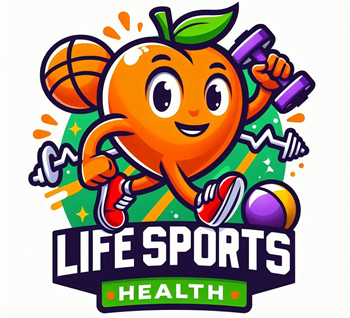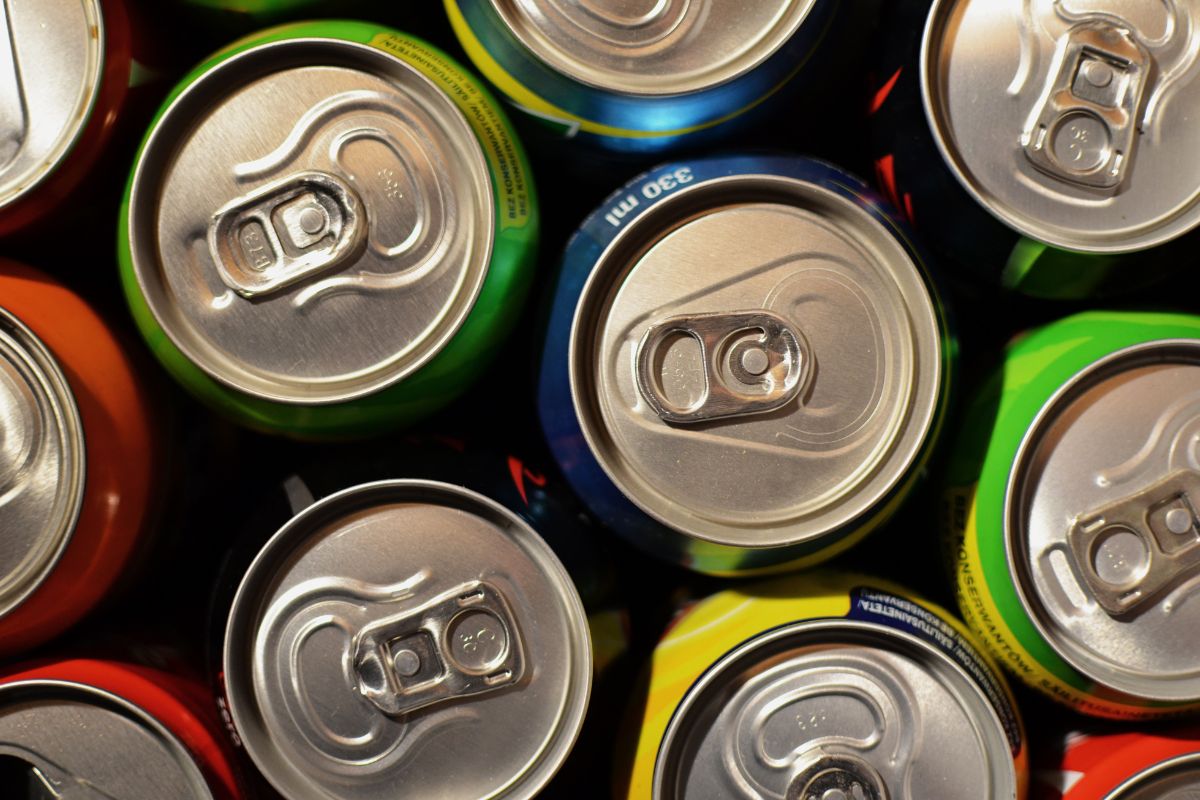The United States is a melting pot of cultures, languages, and traditions, and this diversity extends to the terminology used to describe everyday items. One of the most enduring and spirited debates in American linguistics centers around the term for a carbonated soft drink. Depending on where you are in the country, you might call it “soda,” “pop,” or even “Coke.” This regional linguistic variation has fascinated linguists and sociologists alike, shedding light on how language evolves and how it reflects cultural and regional identities.
The Origins of the Terms
The terminology for carbonated soft drinks in the United States dates back to the 19th century when these beverages first became popular. The term “soda” originates from “soda water,” which was the earliest form of carbonated drink. Soda water was initially used for medicinal purposes before becoming a popular refreshment. The word “pop,” on the other hand, is believed to be an onomatopoeic term, mimicking the sound of the cork popping off a bottle of carbonated drink. “Coke,” derived from the Coca-Cola brand, has become a generic term in some regions, reflecting the dominance and cultural impact of the brand.
Regional Preferences and Linguistic Maps
The United States is geographically vast, and the preferred term for carbonated beverages varies significantly across regions. Linguistic maps created by dialectologists and sociolinguists illustrate these regional differences. Generally, “soda” is the preferred term on the East and West coasts, as well as in some urban areas. “Pop” dominates in the Midwest and Pacific Northwest, while “Coke” is prevalent in the South, regardless of the actual brand of the soft drink.
Cultural and Social Influences
The regional preferences for these terms are influenced by a variety of cultural and social factors. Migration patterns, advertising, and regional identities all play a role. For instance, the South’s preference for “Coke” can be attributed to the fact that Coca-Cola was invented in Atlanta, Georgia, and has maintained a strong cultural presence in the region. The Midwest’s usage of “pop” reflects the influence of early soda fountains and the marketing of “soda pop” during the early 20th century. On the coasts, the term “soda” has been reinforced by the influence of immigrants and urbanization.
The Role of Branding
Branding has had a significant impact on the terminology used for carbonated soft drinks. Coca-Cola’s aggressive marketing strategies in the early 20th century helped solidify “Coke” as a generic term in the South. Similarly, Pepsi’s marketing efforts in certain regions have influenced local vernaculars. The power of branding is evident in how these terms have persisted and even spread beyond their original regions through media and advertising.
The Sociolinguistic Perspective
From a sociolinguistic perspective, the debate over “soda,” “pop,” and “Coke” offers insights into how language functions within society. Language is not just a tool for communication but also a marker of identity. The term someone uses for a carbonated drink can signal their regional background, social identity, and even their cultural affiliations. This linguistic variation is a testament to the dynamic nature of language and its ability to adapt and reflect changing social landscapes.
The Impact of Globalization
Globalization and the widespread reach of media have begun to blur the regional lines that once clearly defined the usage of “soda,” “pop,” and “Coke.” As people move across the country and interact through digital platforms, they are exposed to different linguistic variations. This exposure can lead to a blending of terms and a gradual shift in regional preferences. However, despite these influences, strong regional identities and traditions often preserve linguistic distinctions.
The Scientific Angle
Interestingly, the debate over what to call a carbonated soft drink has also been studied scientifically. Researchers have used large-scale surveys and data analysis to track the distribution of these terms across the United States. The Harvard Dialect Survey, for example, collected data from thousands of respondents to map the prevalence of “soda,” “pop,” and “Coke.” These studies reveal the complexity of linguistic variation and the factors that influence it, such as age, education, and urban versus rural settings.
Anecdotes and Personal Stories
Personal anecdotes and stories often highlight the quirks and humorous aspects of this linguistic debate. For instance, a Midwesterner moving to the South might be puzzled when a local asks if they want a “Coke,” only to be offered a Sprite. Similarly, a New Yorker visiting the Midwest might be amused by the ubiquitous use of “pop.” These personal experiences contribute to the rich tapestry of American linguistic diversity and illustrate how language shapes our interactions and perceptions.
Embracing Linguistic Diversity
The debate over “soda,” “pop,” and “Coke” is more than just a matter of semantics; it is a celebration of America’s linguistic diversity. Each term carries with it a history, a culture, and a sense of identity. Embracing this diversity means recognizing and appreciating the regional nuances that make American English so vibrant and dynamic.
While the debate may never be settled definitively, it continues to spark curiosity, conversation, and a sense of community among those who engage in it. Whether you prefer “soda,” “pop,” or “Coke,” the important thing is to enjoy the refreshment and the cultural richness that comes with it. So, next time you order a carbonated beverage, take a moment to consider the linguistic journey that brought that term to your lips and the diverse tapestry of American culture it represents.

